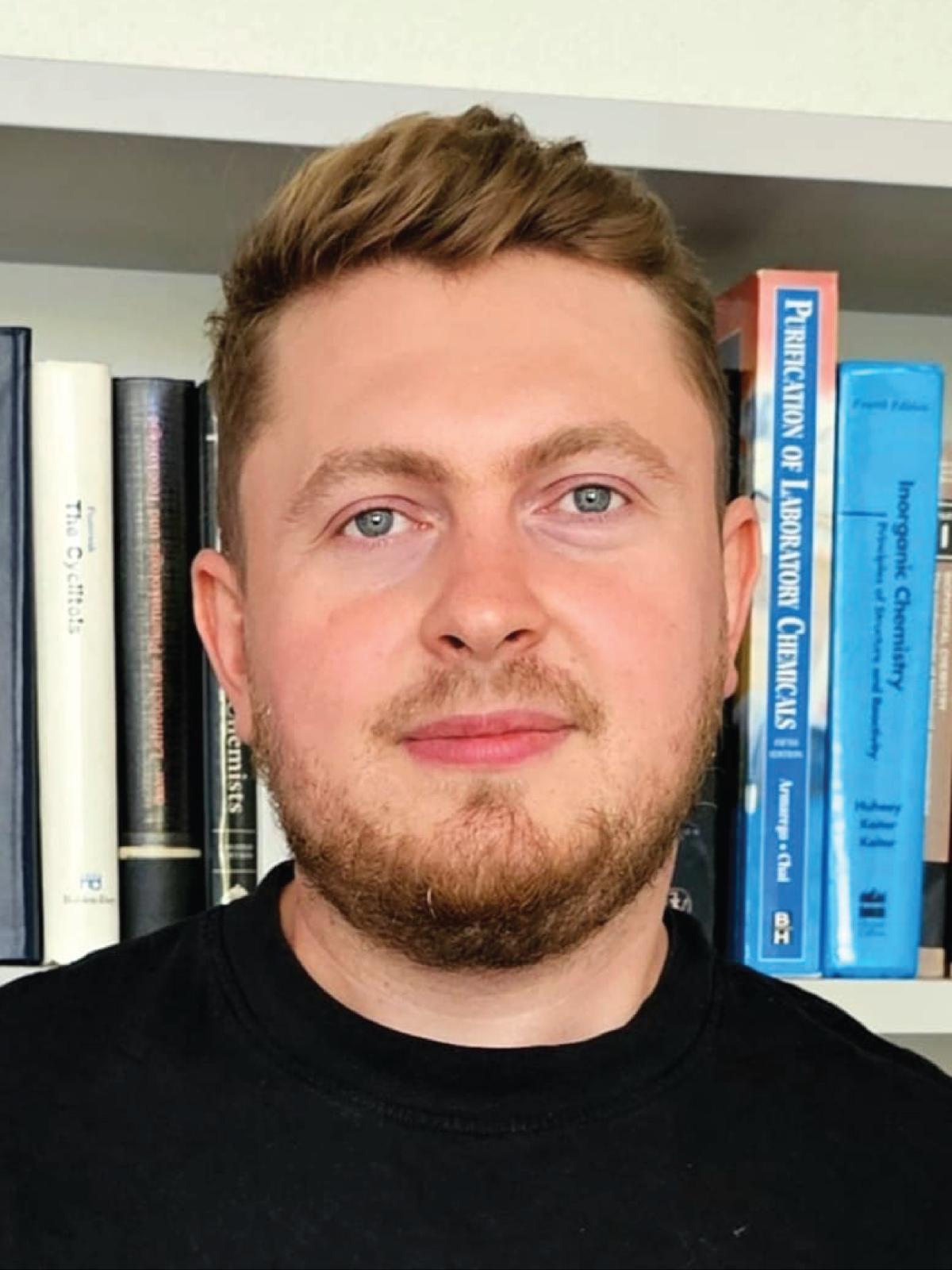Dr. Vakil Takhaveev

Dr. Vakil Takhaveev
Lecturer at the Department of Health Sciences and Technology
Additional information
Research area
DNA is the fundamental template for genetic information but is inherently unstable and susceptible to diverse chemical alterations, which drives aging, neurodegeneration, carcinogenesis, and chemotherapy drug action. My research aims to elucidate the mechanistic, systems-level role of DNA damage in human (patho)physiology and to develop biomarkers for personalized health, with a particular focus on aging, cancer, and neurodegeneration.
Major Research Directions:
1. Novel DNA-Damage-Sequencing Methods
I developed click-code-seq, a single-nucleotide-resolution, click-chemistry-aided method to map abasic sites and 8-oxoguanines across the human genome. This innovative approach addresses the scarcity and inconsistency of data on the precise locations of these DNA-damage forms, enabling detailed insights into their genomic distribution relative to mutations, epigenetic marks, transcription, repair, and replication (Takhaveev et al., 2024, bioRxiv).
2. Anticancer Drug Action
I uncovered the mechanism of action for trabectedin, a DNA-break-inducing chemotherapeutic used in treating advanced soft-tissue sarcoma and ovarian cancer (Son, Takhaveev et al., 2024, Nature Communications). To support this work, I developed TRABI-Seq, a genome-wide method for profiling DNA repair and transcription activity. These advances position trabectedin as a tool in precision oncology, both as a treatment and as a foundation for DNA-repair-vulnerability biomarkers that predict cancer resistance to therapy. I am also studying other anticancer drugs, including irofulven (Takhaveev et al., 2024, bioRxiv), lurbinectedin, and temozolomide (Büchel et al., 2024, Nucleic Acids Research).
3. Aging Clocks
Supported by Impetus grants, I am developing mechanistic clocks of biological aging by profiling DNA-oxidation lesions genome-wide in human blood samples across different age groups and integrating these data with RNA-seq, ATAC-seq, and DNA methylation analyses. This work has identified genes where DNA oxidation levels strongly correlate with age, demonstrating the feasibility of DNA-damage-based biomarkers. Additionally, I am profiling DNA breaks and oxidation in mouse livers across the lifespan, under conditions of calorie restriction (which slows aging) and DNA-repair deficiency (which accelerates aging).
4. Stress-Induced Carcinogenesis and Neuropathology
Leveraging advanced DNA-damage sequencing and integrative multi-omics approaches, I investigate how stress contributes to early tumorigenesis and neuropathology.
Membership
| Since | Membership |
|---|---|
| 2024 | Swiss Chemical Society |
| 2023 | American Chemical Society |
| 2023 | Swiss Society of Toxicology |
Honours
| Year | Distinction |
|---|---|
| 2025 | Public Award Winner in PIs of Tomorrow competition - The Future of Swiss Research, LS2 Annual Meeting 2025 |
| 2024 | ETH Zurich Career Seed Award, "From stress to cancer: illuminating the genomic hotspots of cortisol-induced DNA oxidation and carcinogenesis" |
| 2024 | The winner of the best oral presentation award, Swiss Chemical Society Fall Meeting 2024, Medicinal Chemistry and Chemical Biology, Fribourg, Switzerland |
| 2023 | Outstanding oral presentation, American Chemical Society Fall Meeting, Division of Chemical Toxicology, San Francisco, USA |
| 2022 | Best scientific poster, 9th Annual Aging Research and Drug Discovery Meeting (ARDD), Copenhagen, Denmark |
Additional information
In my PhD research at the University of Groningen, I discovered that major biosynthetic processes are temporally segregated during the eukaryotic cell cycle, causing distinct rewiring in primary metabolic fluxes (Takhaveev et al., 2023, Nature Metabolism). One of the study’s most impactful contributions was challenging the long-held view that protein synthesis rates remain constant or exponential throughout the cell cycle. Instead, I demonstrated that protein biosynthesis rates peak twice per cycle, in early G1 (around START) and mid S/G2/M, a crucial fact for better understanding of cell growth regulation in disease and biotechnology (Takhaveev, 2023, Behind the paper). Beyond cell cycle, I also explored metabolic changes during aging (Filer et al., 2017,Nature; Leupold et al., 2019, eLife).
Via a combination of in vitro and in vivo selections, I developed RNA-based sensors from scratch to detect fructose-1,6-bisphosphate, a key glycolytic metabolite, for which no natural riboswitch exists (Ortega, Takhaveev et al., 2021, Cell Chemical Biology). This innovation enabled measurements of glycolytic flux in single cells. I also contributed to creating a protein-based biosensor for the glycolytic flux (Monteiro et al., 2019, Molecular Systems Biology).